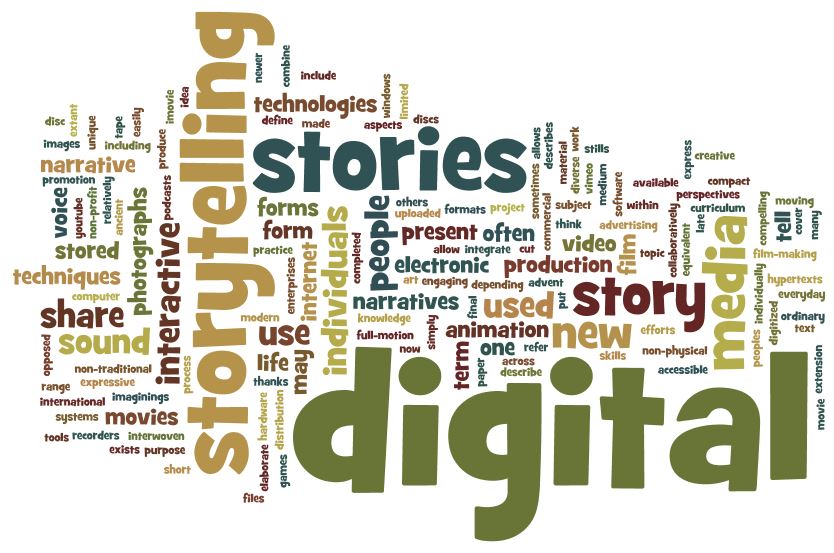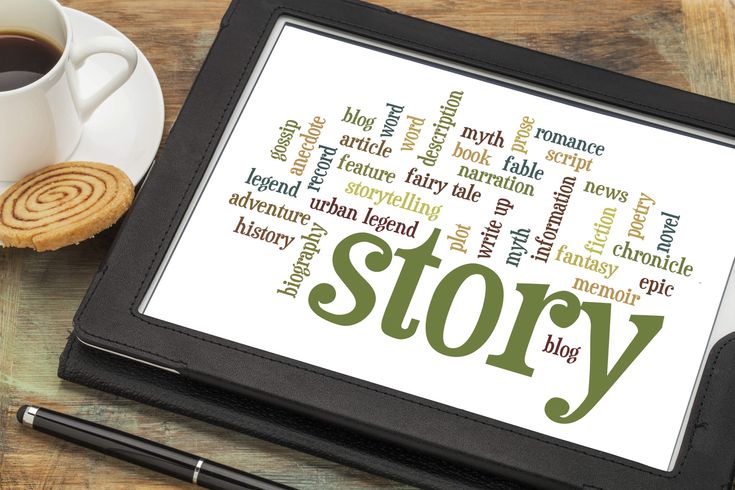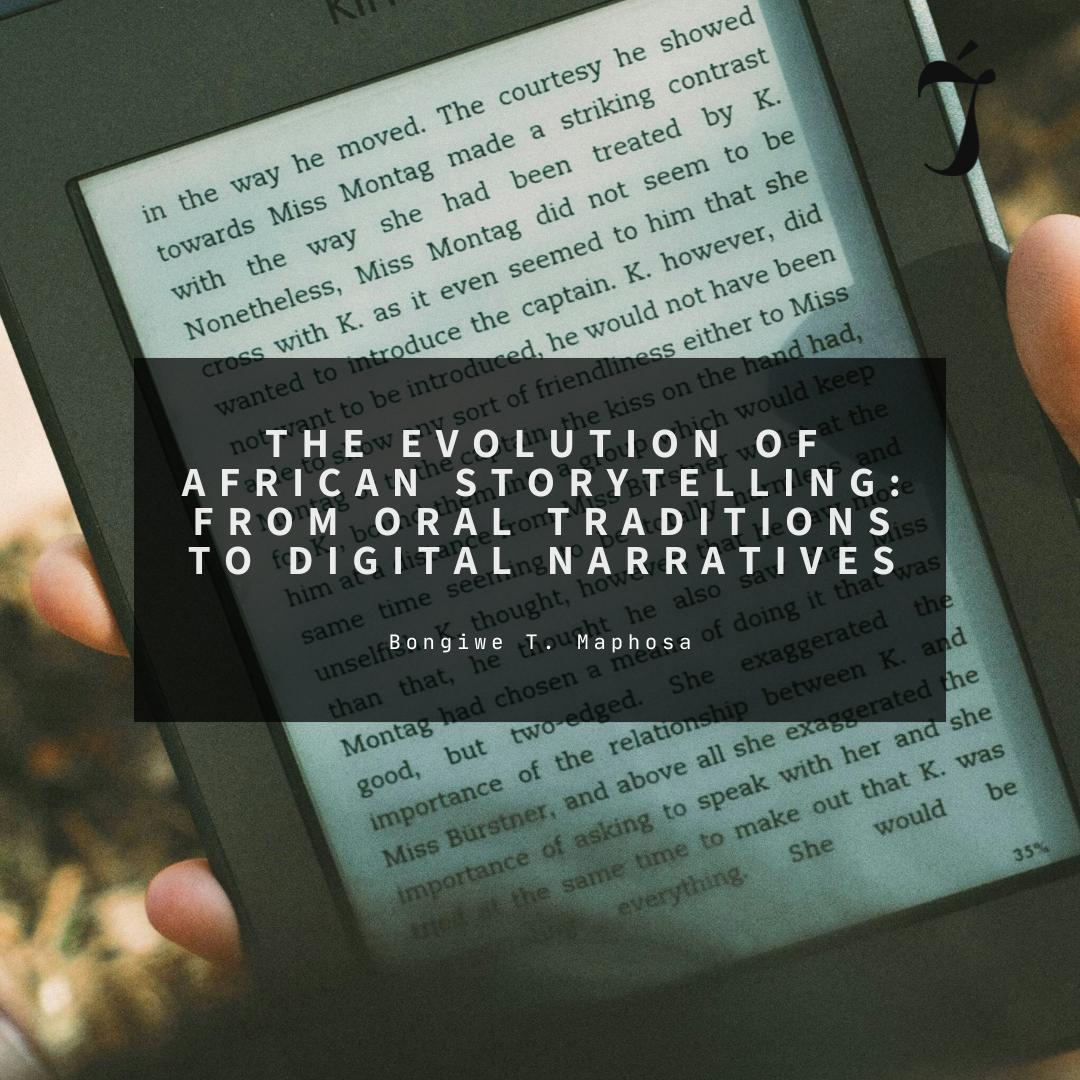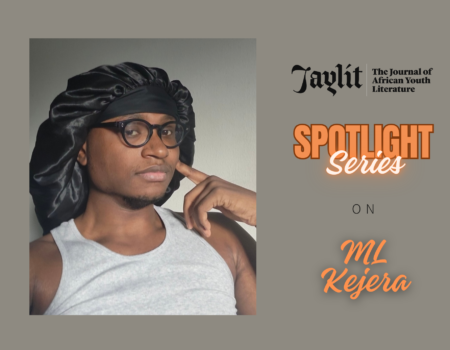You are sitting around a fire, watching its flames dance across a moonlit sky. You feel a surge of excitement, wondering which of the countless folktales your grandfather will share tonight. Each story, steeped in wisdom and humor, serves as a lesson in growth, a theme central to many African tales. In this article, we will explore the growth of African storytelling itself and its remarkable evolution from oral traditions to digital narratives.

The Roots: Oral Traditions
African storytelling has deep roots in oral traditions, where stories were passed down through generations by word of mouth. Elders served as the custodians of history and culture, using stories to teach, entertain, and preserve the values of their communities. These tales were not just entertainment; they were a vital part of communal life, imparting moral lessons and reinforcing social norms.
Across the continent, each region had its unique storytelling methods. In West Africa, the Griot tradition involved historians and storytellers who could recite the genealogies of kings and the history of empires. Also in West Africa, the Anansi tales of the Ashanti people featured a cunning spider who outwitted his enemies, teaching listeners about the virtues of intelligence and resourcefulness. These stories, though diverse in content, shared a common thread: they were communal experiences, meant to be shared and experienced together.
The Shift: Introduction of Writing and Technology
The introduction of writing marked a significant shift in the preservation and sharing of African stories. Written records allowed stories to be preserved in a more permanent form, reducing the risk of loss over generations. However, this also led to a shift in how stories were consumed—moving from the communal experience of oral storytelling to a more individual experience of reading.
With the advent of technology, African storytelling began to evolve further. The printing press enabled the mass production of books, and African authors began to publish novels, poetry and plays that captured the essence of their oral traditions. This period saw the rise of influential writers like Chinua Achebe, whose Things Fall Apart remains a cornerstone of African literature, blending oral tradition with the written word.

The Digital Revolution: New Frontiers in Storytelling
Today, digital platforms are revolutionizing the way African stories are told and consumed. Social media, podcasts, and blogs have democratized storytelling, allowing a diverse range of voices to emerge and reach global audiences. Authors like Chimamanda Ngozi Adichie and Tomi Adeyemi are leveraging digital tools to share their work, connect with readers, and participate in global conversations about African identity and culture.
These digital narratives often draw on the richness of oral traditions, adapting folktales and myths for modern audiences. For instance, films like Queen of Katwe and Beasts of No Nation bring elements of African folktales to life on the screen, reaching audiences far beyond the continent. Meanwhile, digital platforms like YouTube and podcasting services are hosting storytellers who share traditional tales in new formats, ensuring that these stories remain vibrant and accessible.
However, the digital revolution also raises important questions about the preservation of traditional oral storytelling methods. While technology offers new ways to share these stories, it also risks erasing the communal aspects that made oral traditions so powerful. The shift from oral to digital storytelling can sometimes dilute the intimate, interactive nature of these tales, which were traditionally passed down in person.

The Balance: Preserving Tradition in a Digital World
As African storytelling continues to evolve, it is crucial to strike a balance between embracing new technologies and preserving the rich oral traditions that paved the way. Digital platforms can play a significant role in safeguarding these traditions by archiving oral stories, creating educational resources, and fostering online communities dedicated to African folklore.
There are already promising examples of this balance. Platforms like Storymoja in Kenya and African Storybook are digitizing traditional tales in various African languages, ensuring they remain accessible to future generations. These initiatives are crucial in preserving the linguistic diversity of African storytelling, which is often at risk of being overshadowed by the dominance of English and other colonial languages.

The Future: A Blend of Old and New
The future of African storytelling is undoubtedly digital, but it must also be rooted in the traditions that gave it life. By blending old and new, African storytellers can create narratives that are both innovative and authentic, reaching global audiences while staying true to their cultural heritage.
Engaging young people is key to this future. By exposing the youth to these stories through digital means, we can ensure that they remain connected to their roots while also engaging with a global audience. Whether through podcasts, digital books, or social media, the key is to keep these stories alive, vibrant, and relevant.
What are some of the folktales that you grew up listening to? How are they portrayed in the digital space?
Leave us comments here, and/or on Facebook, Instagram, Twitter, Threads, and LinkedIn…
Bongiwe T. Maphosa
Bongiwe Maphosa is a budding author with a passion for storytelling. With her thought-provoking narratives, she takes her readers on a literary adventure. Bongiwe's works on the human condition from a fresh perspective have earned her recognition and publications in the Avbob Poetry Anthology of 2019, The Writer's Club of South Africa 2021, and JAY Lit in 2021. She hopes to cement her place in the literary community.




